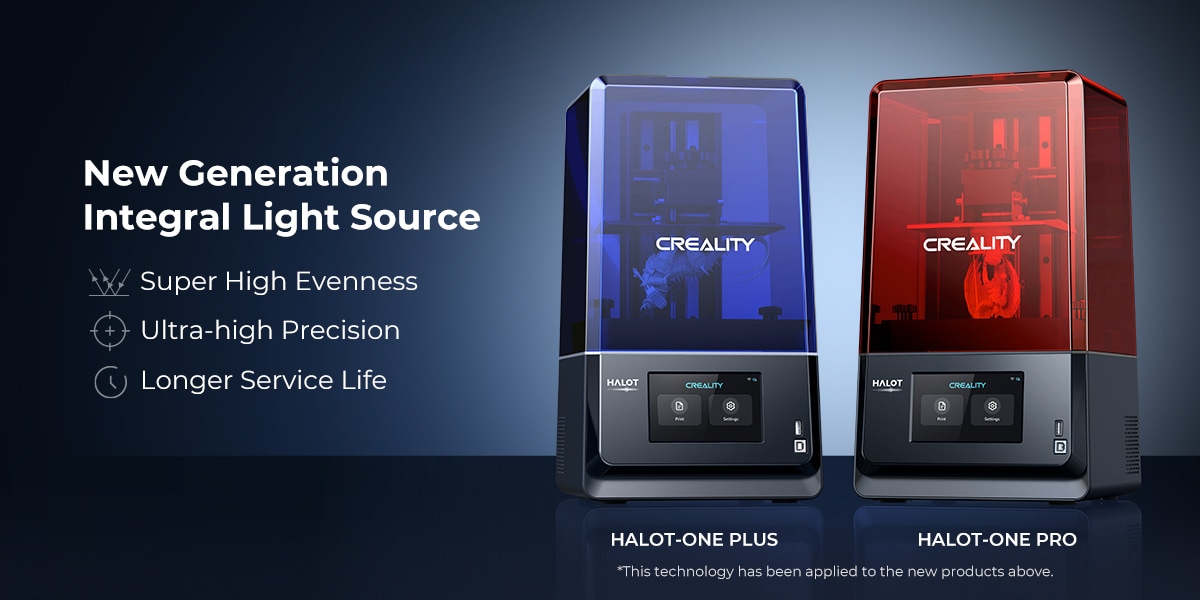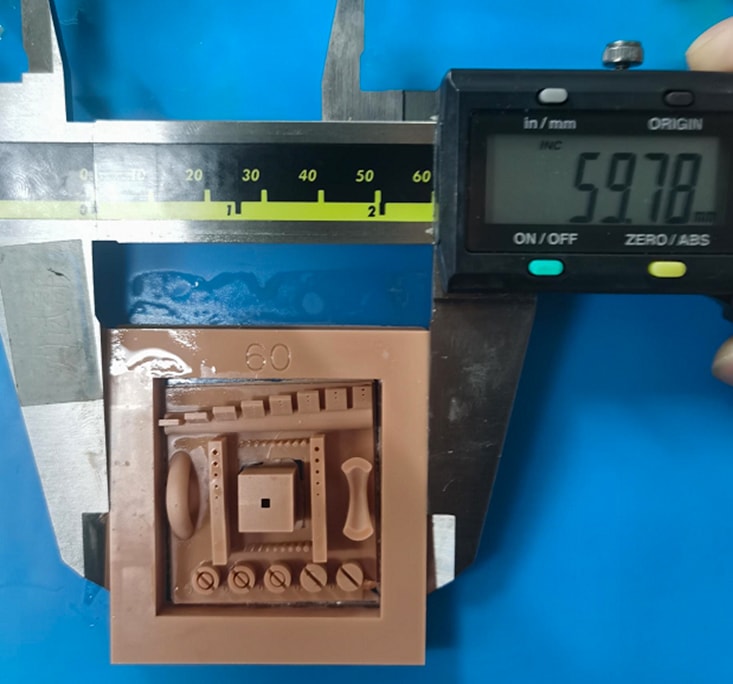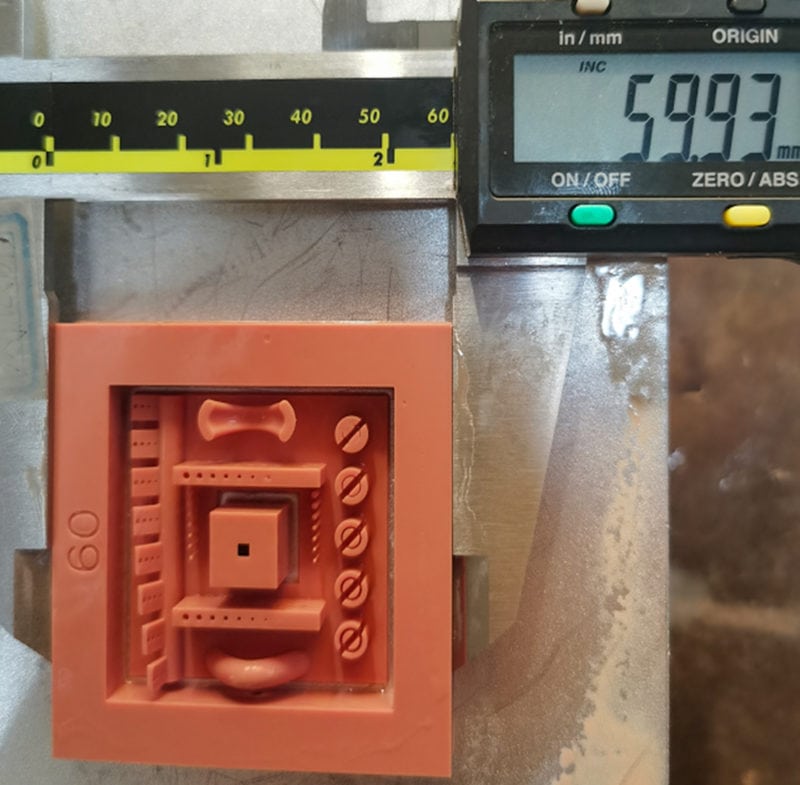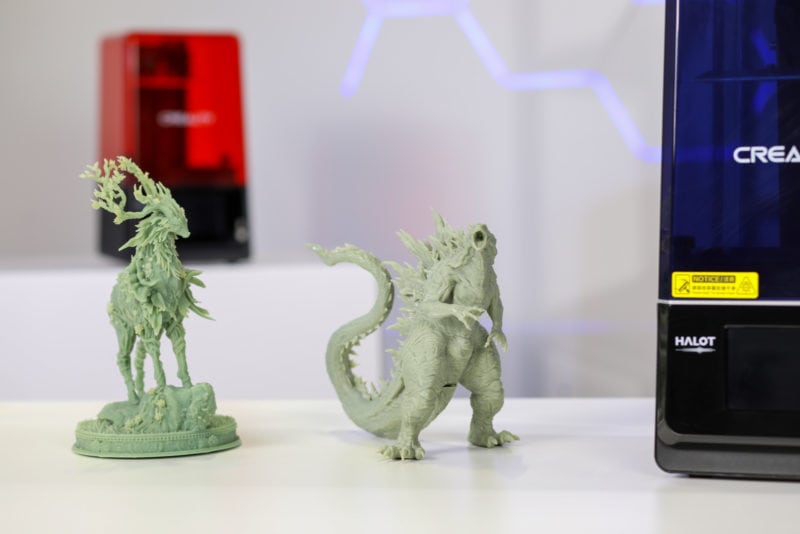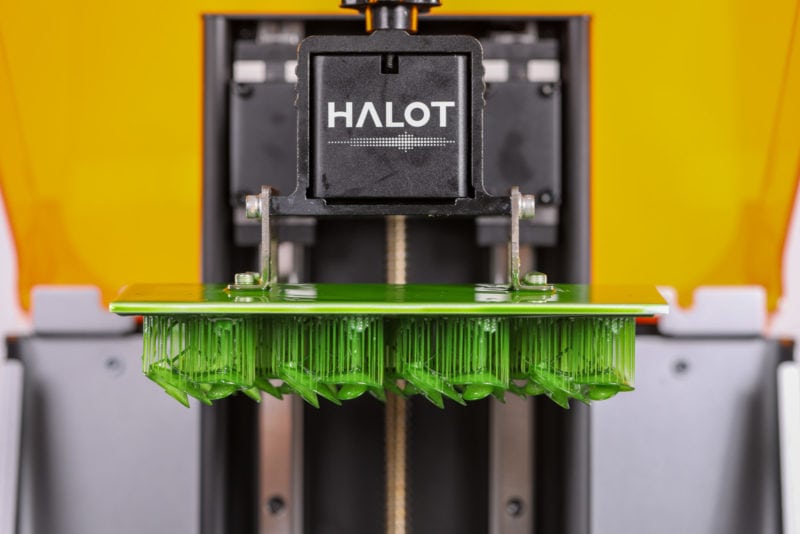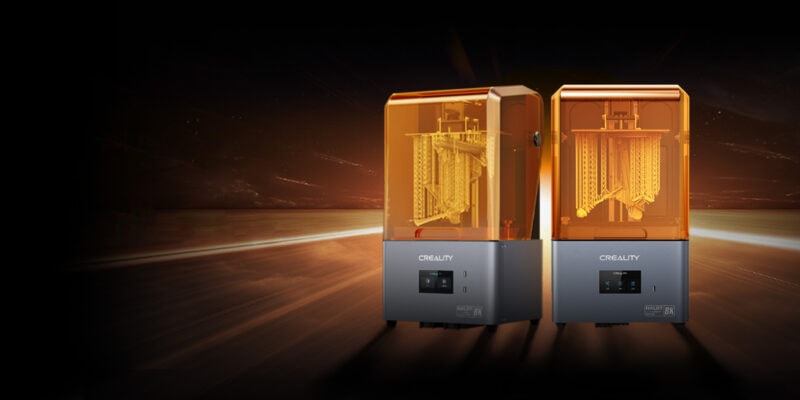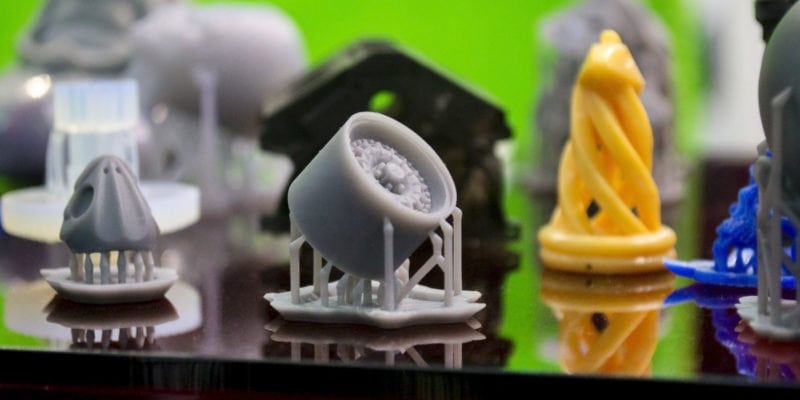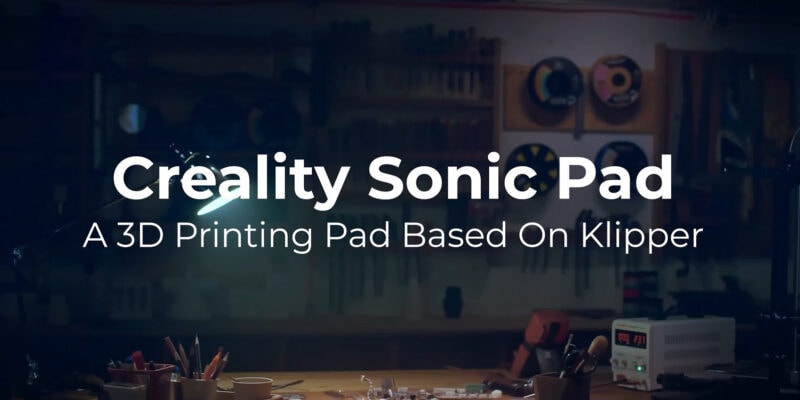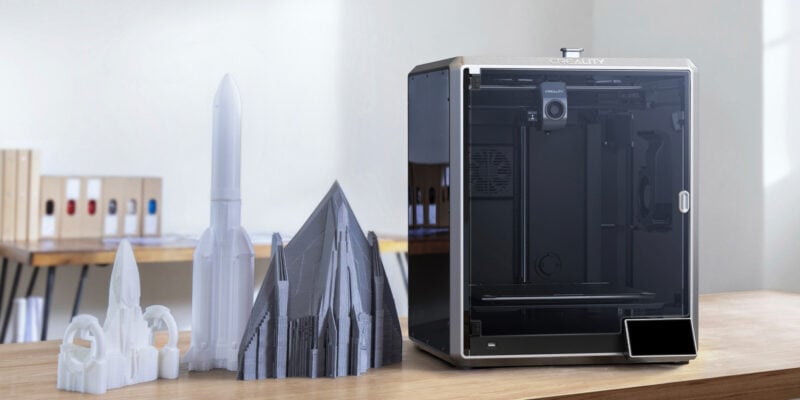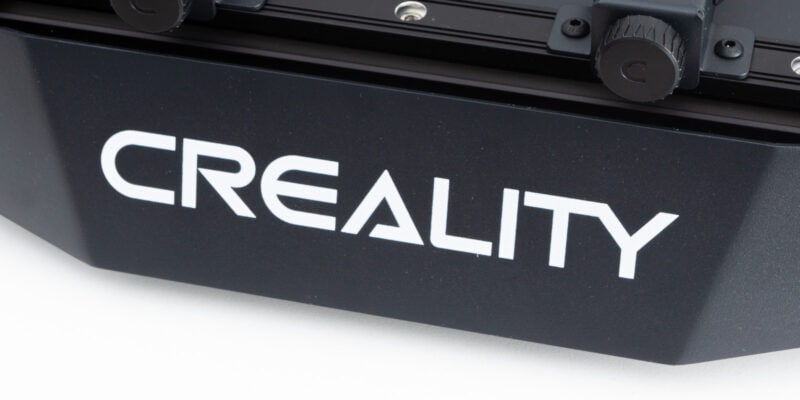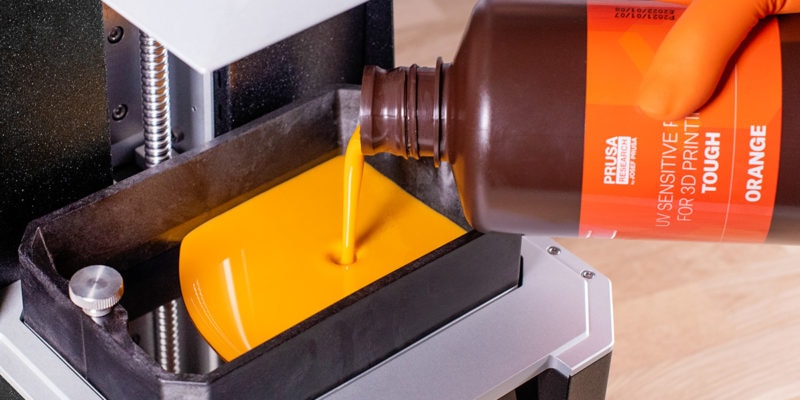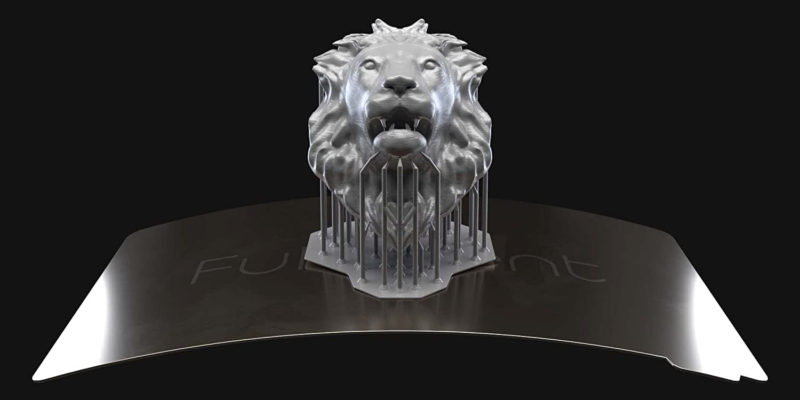Many resin 3D printers are designed with Parallel Emission technology. However, this technology can lead to decreased lighting intensity in some locations, leading to uneven curing and reduced print quality. Additionally, broken LED units can decrease the model’s precision.
To solve this problem and optimize the user experience, the R&D team of Creality has delved into research to create technological breakthroughs. As a result, Creality released new resin 3D printers this year which use Integral Light Source technology.
Featured by stronger lighting intensity, increased lighting uniformity, and higher printing precision, new generation ILS technology is developed to solve the issues that came with previous generations’ technology.
Let’s take a closer look at how Integral Light Source technology works and how Creality claims it benefits users.
Benefits of the Integral Light Source
Lighting Uniformity
Parallel Emission, a technology commonly used in resin 3D printers, uses a UV LED matrix. The LED units’ functioning plays a significant role in successful 3D printing. If there are broken units, the print will be affected by the uneven lighting. Furthermore, the light intensity at the intersection points is not consistent with other areas, which will also influence the printing effect.
The Integral Light Source tech is based on the principles of reflection and refraction. Five LED units with each four emission chips ensure a light uniformity of 90% and above, with 6000uw/cm² lighting intensity. Even if a LED unit is broken, the uniformity of the light is not affected, providing a more stable printing condition for users.
According to Creality’s testing statistics, the light uniformity of ILS can reach up to 93.5%, while Parallel Emission only reaches 51.1%. Such evenness in lighting gives a higher success rate in 3D printing and decreases the probability of failed prints.
Lighting Uniformity Differences (Visual Comparison)
| Parallel Emission | Integral Light Source |
|---|---|
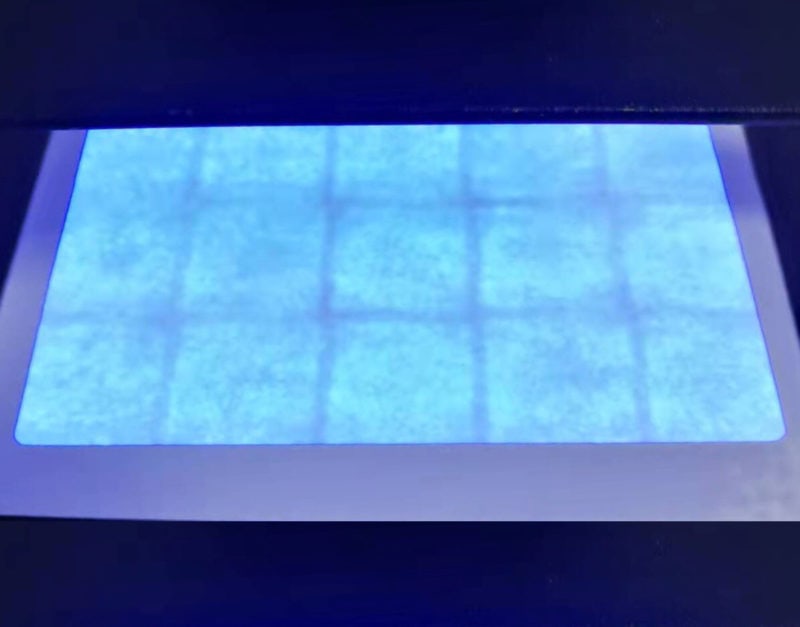 |
 |
| Avg: 7496 | Avg: 3769 |
| Max: 8965 | Max: 3869 |
| Min: 4578 | Min: 3618 |
| Uniformity: 51.1% | Uniformity: 93.5% |
Accuracy
According to Creality, resin 3D printers powered by the Integral Light Source also have improved printing accuracy. Take the below model as an example. To print a 60 x 60 mm model, the one printed with ILS Technology turned out to be 59.91 x 59.93 mm with the accuracy reaching 99.73%, more accurate than the one printed with Parallel Emission Technology.
What does this mean for you?
The new generation Integral Light Source technology has been integrated in Creality’s HALOT-ONE series, including the HALOT-ONE, HALOT-ONE PRO, and HALOT ONE PLUS.
Let’s take a closer look at the HALOT-ONE PLUS.
As a new resin 3D printer launched in 2022, HALOT-ONE PLUS will impress users with its high precision, intelligence and ease of use. Its 7.9” 4K Mono LCD enables resin 3D printing enthusiasts to print their favorite cartoon characters, tools, miniatures, and so on. Even micro-pores and micro-columns can be vividly printed, bringing imagination into reality with full details.
In addition to miniature 3D printing, the ILS technology is favored by the jewelry industry. Up to 92% lighting uniformity can perfectly print out micro-holders of 0.1-0.3 mm for models with complicated structures. High precision and enhanced speed vastly improve the 3D printing experience.
Powered by Integral Light Source technology, the HALOT-ONE series surely brings surprises. If you are looking for a high-quality, easy-to-use, and reliable resin 3D printer, Creality’s ILS-based 3D printers are worth looking into.
